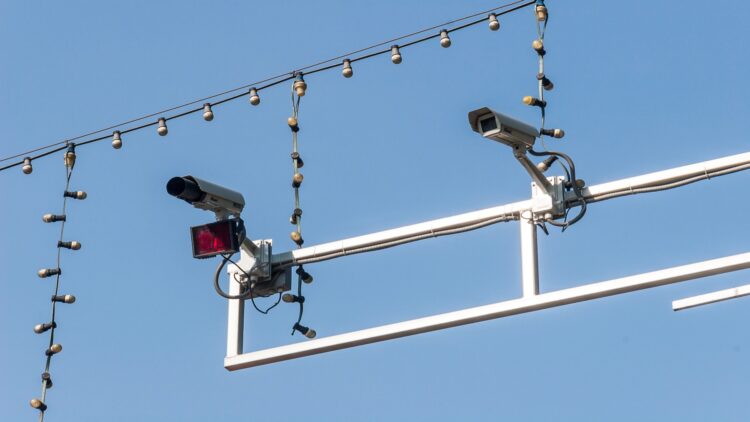A historic battle about the privacy of the Internet and community safety has now come to a satisfactory end in East Hartford, with the city authorities implementing extensive safeguards that can change the way American societies find the proper point of balance between security considerations and constitutional rights. This historic ruling is the catalyst in the continuing debate on the power of surveillance of the government and the rights of citizens in this more and more monitored society.
Town Council sets up a complete technology management scheme
East Hartford officials have put unheard-of restrictions on police access to spying tools and have developed one of the most sweeping municipal technology policies in Connecticut, officials say. The regulatory framework responds to the concerns of citizens with regard to unbridled government surveillance, while supporting the functions of public safety through carefully designed administrative controls.
Speaking about the ordinance, Vice Chair Don Bell said the legislation is important in dealing with “the creeping technology in our lives,” and the ordinance was potentially the most important legislation the council would ever pass. The policy has already taken a year to develop, and it is a partnership between community advocates, law enforcement officials, and privacy experts.
The extensive system regulates the usage of existing surveillance infrastructure, which includes 15 security cameras currently being used for surveillance on public streets and sidewalks across the municipality. Also, the ordinance defines procedures for possible future technology such as license plate readers, traffic enforcement cameras, and unmanned aerial surveillance systems.
September 24th marks the anniversary of surveillance reform
The new law came into force on September 24, 2025, and it sets stringent data retention conditions such that within thirty days, all the data collected should be expunged unless associated with active criminal investigation inquiries. The policy also strictly forbids the use of facial recognition technology and requires full annual disclosure on surveillance system use and efficiency.
Public safety interests trump individual privacy concerns
The new rules put in place numerous levels of responsibility to ensure that it does not provide surveillance overkill without still allowing law enforcement to respond to valid issues related to do with the safety of the people. Government monitoring activities must be auditable by accessing all surveillance data; information on such access must be kept in a log and be restricted to authorized personnel.
Community input measures stipulate that the expansion of surveillance capabilities should be approved by the Town Council under the conditions of the public notice and comment strategies. Such a democratic control measure will curb the expansion of unilateral surveillance to the community and ensure that technologies used by the community to monitor the daily lives of residents are controlled by the community.
Key Privacy Safeguards:
- 30-day automatic data deletion
- Facial recognition technology banned
- Annual transparency reports are required
- Public approval for camera expansion
Traffic enforcement cameras have stringent operations
Speed cameras may only issue citations for vehicles exceeding posted speeds by fifteen miles per hour or more, and fines for speed violations range from twenty-five dollars for first offenses to thirty-five dollars for following violations. Red light cameras also focus only on obvious violations with the same fine structures.
The surveillance ordinance in East Hartford is the first such example of how to balance the advancements in technology as well as the protections given by the Constitution to secure the safety of those countries and show that the communities can adapt to new efficiency in safety, given without violating democracy itself. Such a multi-faceted approach can turn out to be a prototype of other cities that have to struggle with the identical issues in the digital era.


